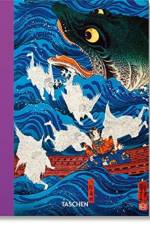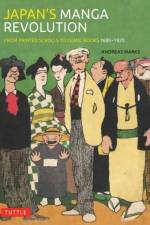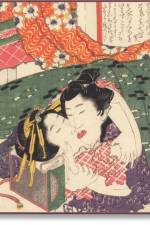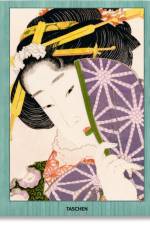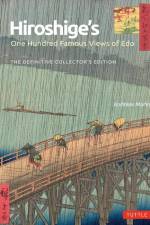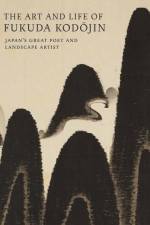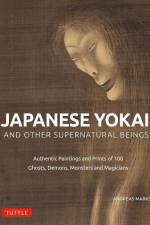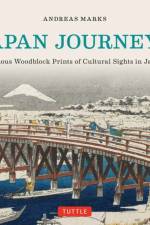av Andreas Marks
479
The most comprehensive book on Kodojin's art ever published--beautiful and mysterious--a collection of more than 100 paintings with English translations of the inscribed poems. The Art and Life of Fukuda Kodojin is the first publication in English to offer an in-depth examination of Kodojin's life, painting, and poetry. This fully illustrated publication draws from institutions and private collections worldwide, and is the result of fifteen years of extensive research into almost eight hundred works of inscribed poetry, literati landscapes, brush paintings and calligraphy. A beautiful and contemplative look into the world of Kodojin, this coveted edition accompanies a special exhibition held at the Minneapolis Institute of Art. Fukuda Kodojin (1865--1944) was a multifaceted artist, recognized for his poetry, painting and calligraphy, and is one of a handful of artists who continued the tradition of Japanese literati painting (nanga) into the twentieth century. Kodojin's painting style is characterized by bizarrely shaped mountain forms rendered in vivid color or monochromatic ink, often with a solitary scholar enjoying the expansive beauty of nature and bits of inscribed poetry. Creating over 700 works in his lifetime, he also made simple paintings of plants and flowers in his dramatic brushwork, and distinctive literati landscapes. Kodojin literally means "Old Taoist" which seems to reflect the path he chose of resilience of an old tradition facing new conditions and new challenges, and is theme felt throughout his art. There is both beauty and mystery in his life and work, and his landscapes can be rich in costly green and blue pigments, detailed layers of ink shading and strokes, or purely abstract. Unique, mysterious and distinctively expressive, The Art and Life of Fukuda Kodojin offers an unprecedented walk through the Old Taoist's mind, sure to both surprise and enlighten the curious reader, scholar, or literati enthusiast. Featuring works from museums, libraries, and private collections worldwide, including: Minneapolis Institute of ArtHarvard Art MuseumSeattle Art MuseumFreer Gallery of Art, Smithsonian InstitutionBachmann Eckenstein Japanese Art, SwitzerlandThe Kura Art Gallery, KyotoShingu City Museum of History and Folkloreand more

